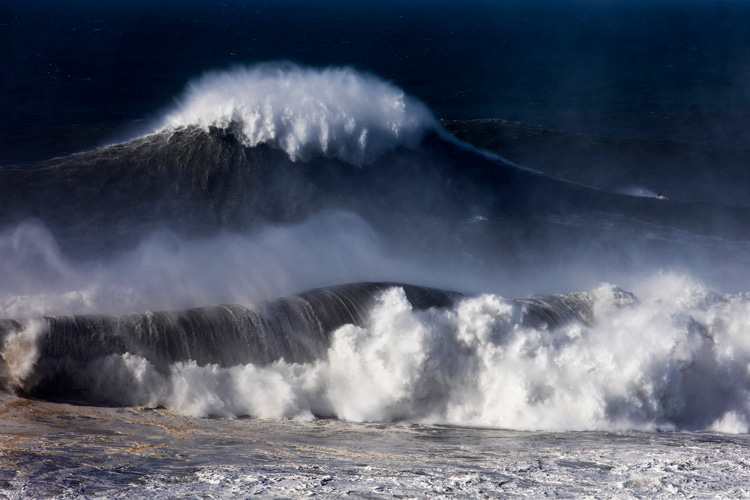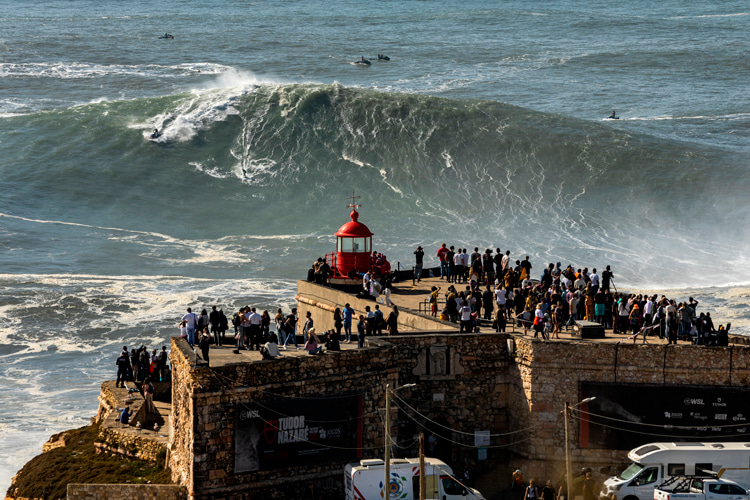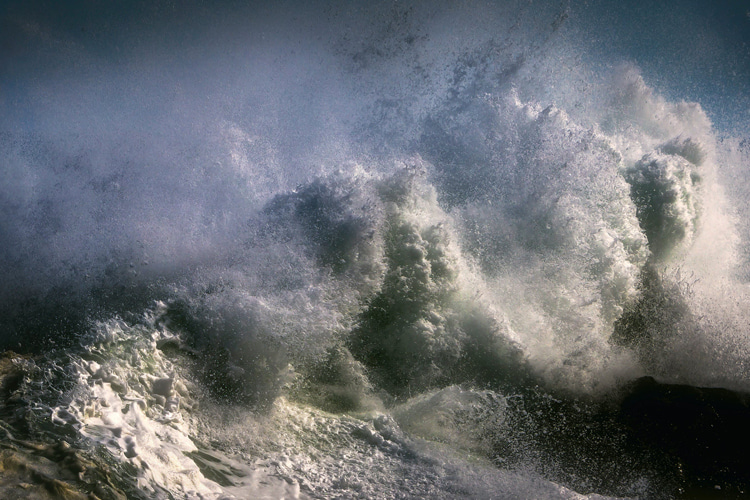The existence of rogue waves, the colossal and unpredictable oceanic phenomena, has captivated the imagination of sailors for centuries.
These waves, often referred to as "monster waves," were once thought to be mere myths until a groundbreaking event in 1995.
A towering 26-meter rogue wave crashed into the Draupner oil platform in the North Sea.
This event, captured by digital instruments, marked the first scientific measurement of a rogue wave, transforming these maritime legends into a subject of intense scientific study.
In a remarkable leap forward, a team led by Dion Häfner from the University of Copenhagen's Niels Bohr Institute and Johannes Gemmrich from the University of Victoria have harnessed the power of artificial intelligence (AI) to unravel the mystery of these waves.
Their study, "Machine-Guided Discovery of a Real-World Rogue Wave Model," published in the esteemed Proceedings of the National Academy of Sciences (PNAS), provides groundbreaking insights into the occurrence and prediction of rogue waves.

700 Years of Data
The study utilized a colossal dataset, analyzing information from over a billion waves, equivalent to 700 years of wave height and sea state data.
This data, collected from buoys stationed at 158 locations around US coasts and overseas territories, provided a comprehensive view of water depth, sea state, wave height, length, and steepness.
Using advanced AI methods, including symbolic regression, the team transformed this vast amount of data into a sophisticated algorithm.
This AI-driven approach not only identified the causes of rogue waves but also distilled them into an equation - a "recipe" for predicting the formation of these waves.
This marked a significant departure from traditional AI methods, which typically yield single predictions.
Instead, the AI analyzed the causality behind rogue waves, offering researchers a tool to understand and predict these maritime phenomena.
Contrary to previous beliefs that rogue waves resulted from one wave stealing energy from another, the study revealed that "linear superposition" is the dominant factor in their formation.
This phenomenon, known since the 1700s, occurs when multiple wave systems intersect, briefly aligning to create exceptionally large waves.
Dion Häfner, the study's lead author, highlighted the importance of understanding how high crests and deep troughs in intersecting wave systems elevate the risk of these gigantic waves.
"Basically, it is just very bad luck when one of these giant waves hits. They are caused by a combination of many factors that, until now, have not been combined into a single risk estimate," notes Dion Häfner.

Precious Data for the Shipping Industry
This breakthrough has significant implications for maritime safety.
The algorithm developed by the researchers is a boon for the shipping industry, which sees approximately 50,000 cargo ships navigating the globe at any given time.
By predicting the occurrence of rogue waves, shipping companies can assess risks and adjust their routes accordingly, greatly enhancing safety at sea.
The study's findings are publicly available, offering valuable resources for public authorities, weather services, and other interested parties to calculate rogue wave probabilities.
Furthermore, the transparency of the AI model's intermediate calculations ensures that it is not just a "black box" but a tool that enhances human understanding of ocean phenomena.
This is not the first time researchers have tried to predict rogue waves.
In 2016, mechanical engineers at the Massachusetts Institute of Technology (MIT) developed an algorithm that predicted where and when a rogue wave would strike, giving sailors a two-to-three-minute warning before impact.
